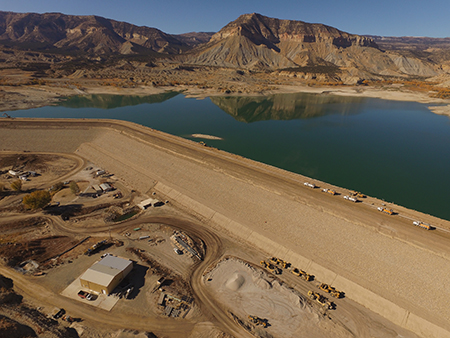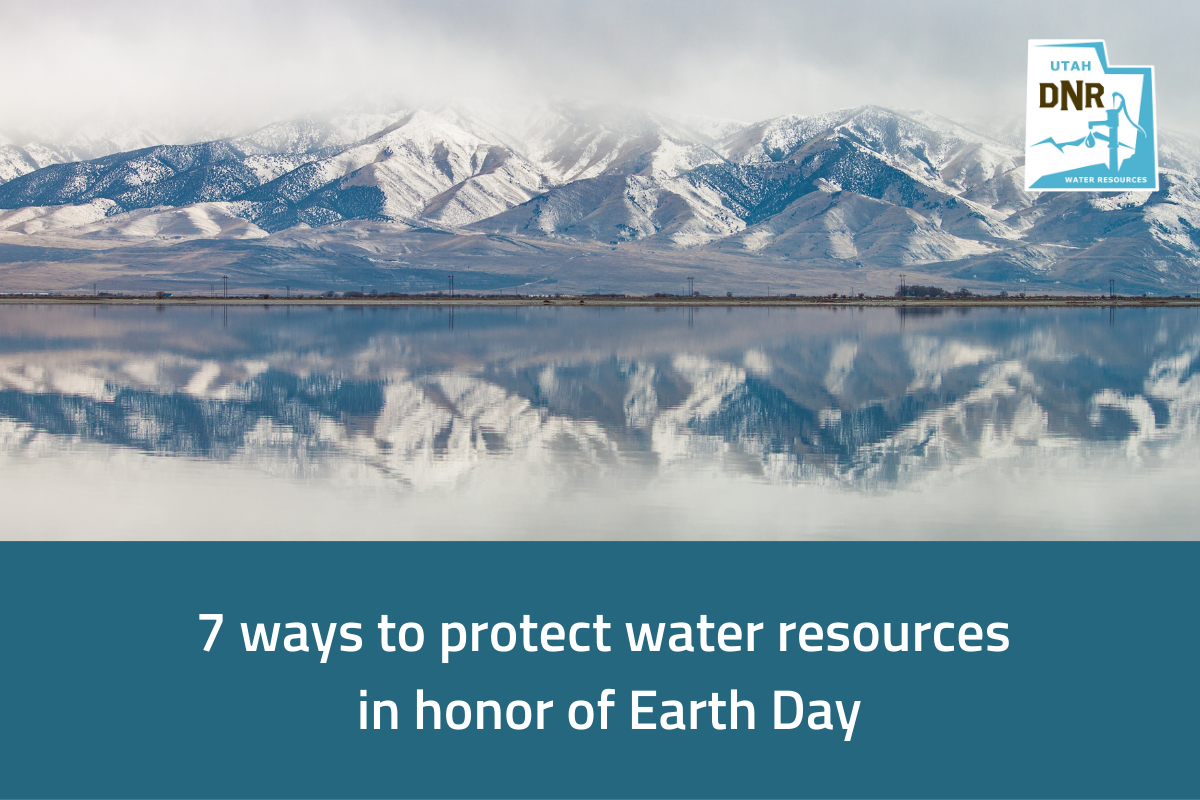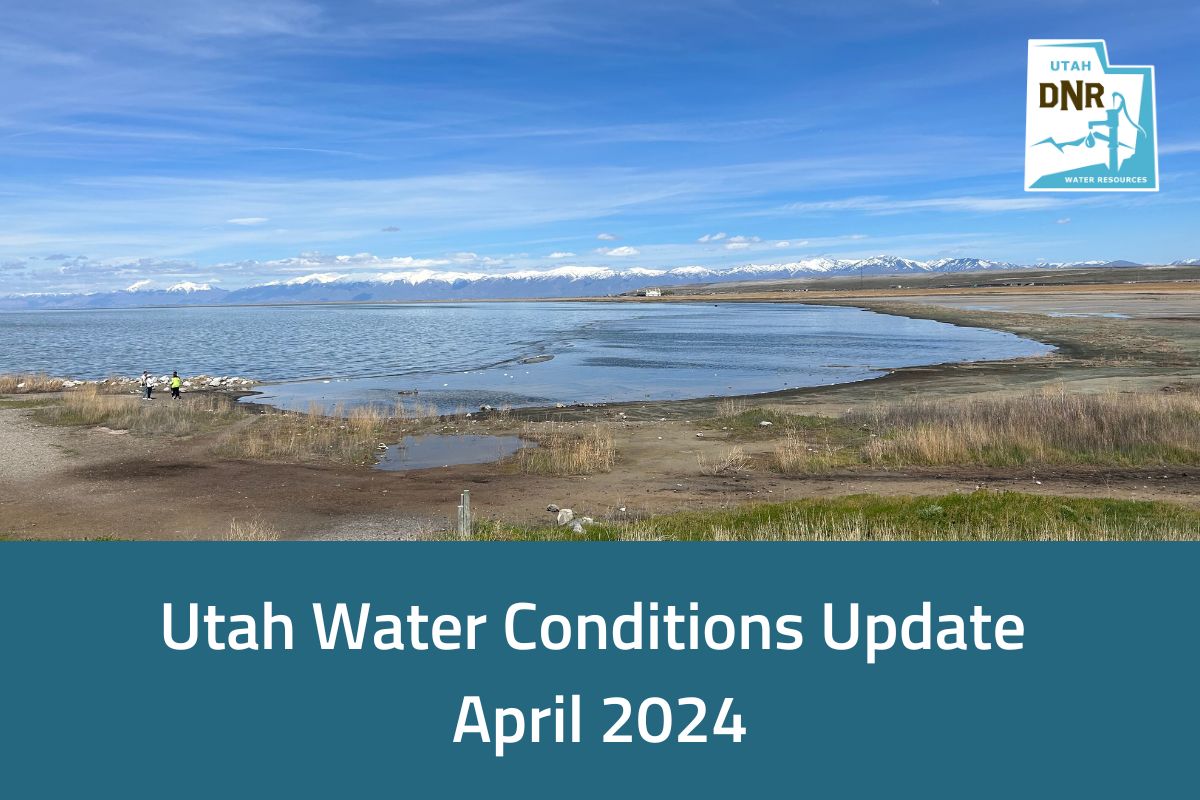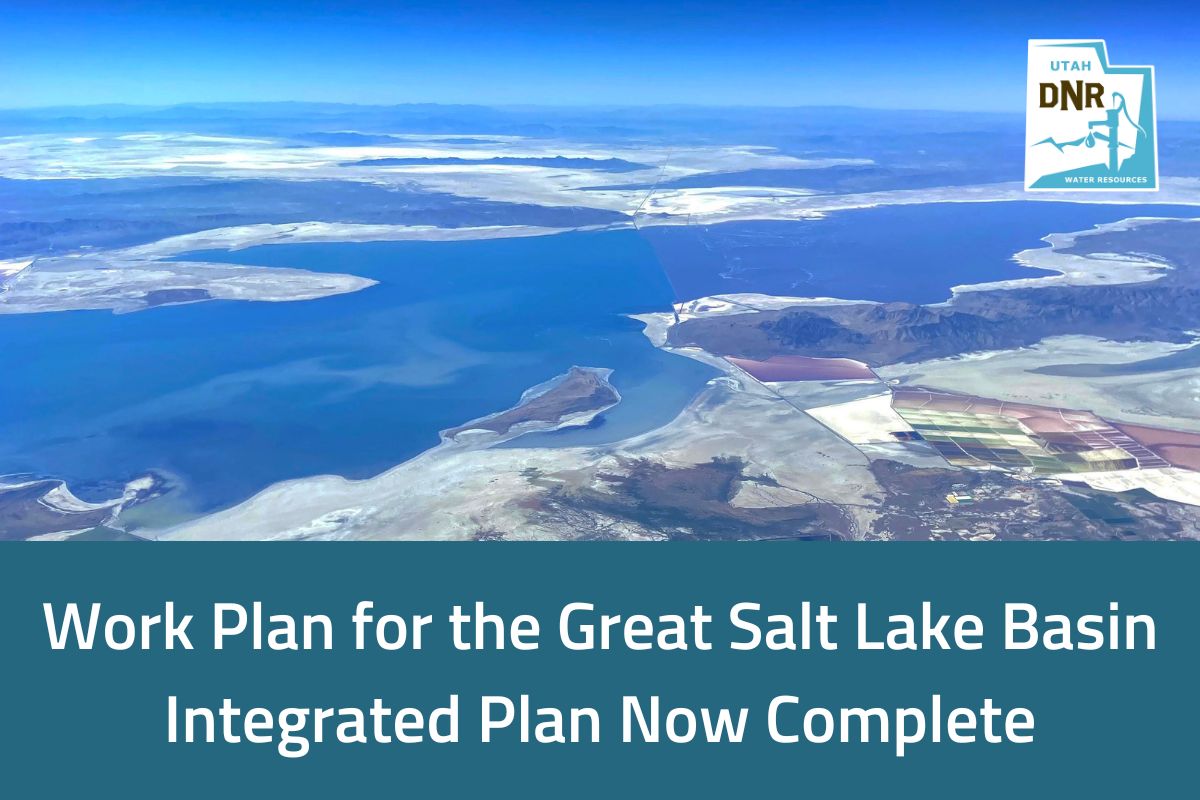Dam Safety Program

Regulation and Management
The State Engineer and director of our sister agency, the Division of Water Rights, has the authority to regulate the safety of dams to protect life and property and oversees the state’s Dam Safety Program. The Dam Safety Program accomplishes its objective through involvement with the design, construction, operation, and inspection of new dams and approximately 600 existing dams throughout the state. No person may construct, enlarge, repair, alter, remove, or abandon any dam or reservoir without obtaining written approval from the State Engineer.
Approximately 50 federal Utah dams are inspected and managed by the Bureau of Reclamation under their Dam Safety Guidelines.
To report dam safety concerns, please call 801-538-7414.
Funding
The Board of Water Resources approves funding for dam safety projects, and the Division of Water Resources staff provides oversight of the project funding.
During the last several decades, a better understanding of how dams function has been gained, and new minimum design standards have been established. Since 1992, in order to provide for public safety, the Legislature has provided grant funding, currently $3.8 million per year, to the Board of Water Resources to appropriate for high-hazard dam rehabilitations. These projects become necessary due to aging infrastructure, hazard creep, adjustments to design standards and other reasons. Routine maintenance and other operational costs may not be eligible for grant funding.
Historically, the cost of each dam safety project has averaged between $2-3 million. Cost varies depending on the size of the dam and the extent of the deficiencies. At the current level of funding, the state can fund only one or two dam safety projects each year. With each passing year, inflation and increased costs erode the dollar’s buying power, and the ability to complete projects continues to diminish.
In order for the remaining high-hazard dams to be brought up to minimum safety standards, an estimated $250 million is needed. At the current funding rate, this is estimated to take about 66 years. If funding were increased by $6.2 million to a total of $10 million per year, the dams could be upgraded in approximately 25 years.
The Board of Water Resources will continue to work with the Dam Safety program to determine which dams are the highest priority and to address funding these projects as appropriations allow. Additional funding would accelerate urgent dam safety upgrades.
Why Do We Have Dams?
Dams are an essential part of the state’s water infrastructure and are built to store water and help optimize the use of this precious resource. In the spring, snow melts faster than we can use it, which can cause flooding and inefficient use. In the summer, when the water is needed most, streamflow declines significantly. Dams and reservoirs allow the spring runoff to be captured and stored for use throughout the year and are part of an overall water management strategy.
Water Storage – Because the amount of water Mother Nature delivers varies from year to year, it’s important to have reservoirs to store water in years where there’s an abundance. The state has different-sized reservoirs in its water supply system. Some are designed to have a one-year storage capacity, and some have multiple years of storage capacity.
Flood Control – Dams help control flooding by allowing for the storage of excess water in reservoirs and allowing for the controlled release of water. Flood detention basins are also built in or above neighborhoods to provide protection. They are usually empty except during heavy runoff events. Dams also help prevent erosion damage to river banks.
Power Generation – The U.S. is one of the largest producers of hydropower in the world, second only to Canada. Some of the Utah dams that produce hydropower – a clean, renewable source of energy – include Flaming Gorge, Lake Powell, Deer Creek, Causey, Jordanelle, Pineview, Cutler, Logan 3rd, and Blacksmith Fork Upper.
Irrigation – Dams store water that is used to irrigate crops, lawns and gardens. This provides water for the state’s agricultural economy and important urban forest and agriculture benefits.
Recreation – Visitors enjoy a variety of recreational opportunities at reservoirs that dams create, including fishing, boating, swimming, paddle boarding, cliff jumping, kiteboarding, jet skiing, ice fishing, floating playgrounds and more.
Dam Classification
Dams are classified according to hazard, size and use. There are three hazard ratings: high, moderate and low. The hazard rating reflects the consequences downstream if the dam were to fail. As the state’s population continues to grow, homes are being built closer to dams, creating “hazard creep” and an urgency to ensure dams meet safety standards and don’t put lives and property at unnecessary risk.
Inspections & Maintenance
The Dam Safety Program regularly inspects Utah’s dams and coordinates with dam owners. While state inspectors identify the safety and maintenance issues, it is the owner’s responsibility to make any necessary repairs. Dam owners are responsible for all duties, obligations and liabilities that come with dam ownership.
- Over 200 high-hazard dams are regulated by the state; approximately 100 of these do not meet current dam safety standards.
- Forty-five dams have been rehabilitated with state funds to meet current safety standards. An additional 11 have been partly upgraded but need more work to complete the effort.
- High-hazard dams are inspected annually, moderate-hazard dams every two years and low-hazard dams every five years.
Helpful Resources
Water Rights Website – The Division of Water Rights administers the appropriation and distribution of the state’s water rights. It houses the office of the State Engineer, who oversees the Dam Safety Program.
Dam Inventory – A list of all registered dams in the state.
Map of state-inspected dams – This map shows all the state-inspected dams.
Association of State Dam Safety Officials – The ASDSO website has a wealth of helpful dam safety information.
April 22, 2024 — Earth is a watery place. When we look at a photo from space, it’s easy to see that our planet has more water than land. But of all the water on Earth, more than 99-percent of it is unusable by humans and many other living things. It’s surprising that the water …
Continue reading “7 ways to protect water resources in honor of Earth Day”
Read Full ArticleSALT LAKE CITY (April 18, 2024) – As April unfolds, Utah’s water situation reflects a delicate balance between melting snowpack, reservoir management and rising temperatures. Recent data suggests that we most likely witnessed the peak of our snowpack, reaching 18.8 inches on April 2, surpassing the median peak snowpack of 16 inches.
Read Full ArticleSpecific actions outlined to help ensure a resilient water supply for the lake SALT LAKE CITY (April 15, 2024) – The Utah Division of Water Resources and the Bureau of Reclamation are pleased to announce the finalization of the Work Plan for the Great Salt Lake Basin Integrated Plan (GSLBIP), which charts the course for developing the GSLBIP. After …
Continue reading “Work Plan for the Great Salt Lake Basin Integrated Plan Now Complete”
Read Full Article


